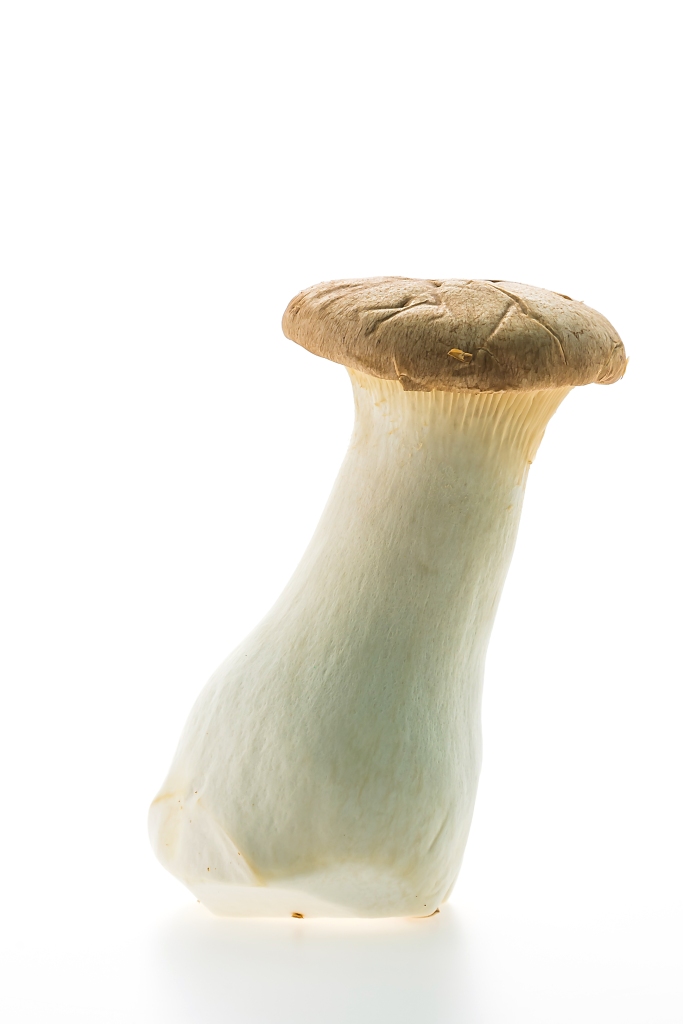The sustainable fungus / mycoprotein benefits, superfood, and future of food products

Image credit: Freepik by mrsiraphol
Mushroom
Versus…

Image credit: Freepik by irrmago, Mycoprotein
Mycoproteins and fungal—the new superfood
Over the past few years, there is new mycoprotein research coming out. For example, the article talks about how it’s a protein sustainable food source discovered in the 1960s. There are several fungal protein benefits to this new superfood. First, there might be an association with lower total cholesterol, among people with hyperlipidemia. Second, there is not enough evidence on effects of mycoprotein role on blood glucose and insulin level. Lastly, fungal protein nutrition provides the essential amino acids and fiber, especially mycoproteins—more on the difference between fungus and mycoprotein—in a later section of this blog. There is evidence that the mycoprotein provides muscle protein synthesis, and therefore I would think it would be a good source for athletes, vegetarians, vegans, and other plant-based diets.
Today, there is demand for high protein and sustainable ingredients like mycoproteins and fungal. It would be a good option to incorporate them in our diets, as they provide the nutrition needed to build protein.
Difference between Mycoprotein and fungus
Both are related but are different. Fungus is classified as a mushroom, yeast, and mold. Mycoprotein is derived from a fungus called Fusarium Venenatum. There are a variety of fungal types in the kingdom, compared to animal, or plant kingdom. They live in different environments, such as, soil to decaying matter. On the other hand, mycoproteins are produced from a fungus that is harmless, and is naturally occurring in the soil, as well.
The cell structure of fungi is unique, which separates them from other organisms. On the flip side, mycoprotein has long, thin fibers that can imitate the texture of meat, fish, beef, and sausage. Also, it is becoming a popular ingredient in meat alternative products.
Mycoprotein production process
SlideServe—slide six—provides a detailed explanation of the manufacturing process of mycoprotein. An example of a product that utilizes this is Quron.
Each of the controls in the bioreactor has a function in the manufacturing of the mycoprotein. To note here, a bioreactor is similar to the fermentation of vegetables at home, except on a large scale. Think of it as a large fermentation tank where conditions are controlled. Also, the process of creating mycoprotein is similar to the beer making. For example, the temperature helps with the growth of the ingredient. The bioreactors controls this for optimal conditions. Next, pH is also controlled at a set level. Nutrients, such as potassium, magnesium, and phosphate, are monitored for cell growth.
other factors include, oxygen which is important to control for cell growth, and glucose solution for the fungi—F. Venenatum. The product of the process is mycoprotein from the combination of the fungi with the nutrients.
So, the process starts with nutrient addition—potassium, magnesium, and phosphate—to the fungi, which it consumes. This leads to the production of mycoprotein. During the process, the solids are continually removed from the bioreactor, or fermenter every five to six hours. The last step is removing unwanted ingredients. This includes using heat to break down certain byproducts, and elimination of water. This whole process is repeated depending on the manufacturer. To produce one batch, you need about a few weeks for the desired results. The final product is an elastic mixture like dough in bread, which has a similar texture to meat.
Safety concerns
There is some evidence that mycoproteins might be classified as allergens due to several symptoms related to this. On the other hand, the FDA recognizes it as a safe product to consume.
I hope you enjoyed reading about this interesting topic, and learned a few things about the fungi kingdom. I’m sure we’ll see more innovations coming out soon, as more people are interested in plant based products.
References
- Derbyshire EJ and Delange J (2021) Fungal Protein – What Is It and What Is the Health Evidence? A Systematic Review Focusing on Mycoprotein. Front. Sustain. Food Syst. 5:581682. Website: https://www.frontiersin.org/articles/10.3389/fsufs.2021.581682/full.
- Teal, Derrick (2024). Rediscovering Mycelium-based Foods. Food Engineering, Vol 96 (3). Website: https://digitaledition.foodengineeringmag.com/march-2024/alternative-protein/?utm_medium=emailsend&utm_source=DG-FE-Food+Engineering&utm_content=BNPCD240311087A_01&oly_enc_id=6098C8219456A0A.
- Derbyshire, E. J., Theobald, H., Wall, B. T., & Stephens, F. (2023). Food for our future: the nutritional science behind the sustainable fungal protein – mycoprotein. A symposium review. Journal of Nutritional Science, 12, e44. Website: https://www.cambridge.org/core/journals/journal-of-nutritional-science/article/food-for-our-future-the-nutritional-science-behind-the-sustainable-fungal-protein-mycoprotein-a-symposium-review/3E23BD9BF6DC721B015D6CD30904A057#.
- Li, Ku, Kaina Qiao, Jian Xiong, Hui Guo, and Yuyu Zhang (2023). Nutritional Values and Bio-Functional Properties of Fungal Proteins: Applications in Foods as a Sustainable Source. Foods, 12 (24), 4388. https://doi.org/10.3390/foods12244388.
- Jiang, M., Lou, H. & Hou, W (2021). Microproteins: from behind the scenes to the spotlight. GENOME INSTAB. DIS. 2: 225–239. https://doi.org/10.1007/s42764-021-00040-3.
- Mycelium, Mycoprotein and Fungi, What Does It Mean (2021). MYCORENA. Website: https://mycorena.com/mycotalks/mycelium-mycoprotein-and-fungi-what-does-it-mean
- GCSE Biology unit 3 (2014). SlideServe. Website: https://www.slideserve.com/chantale-fernandez/gcse-biology-unit-3.
- Collignon, Marie-Laure (2020). Controlling the key parameters of a bioreactor. Cytiva. Website: https://www.cytivalifesciences.com/en/us/news-center/controlling-the-key-parameters-of-a-bioreactor-10001.
- Quorn – the production of alternative first-class protein source for a balanced, sustainable diet (2017). White paper. Quorn. Website: https://assets.ctfassets.net/uexfe9h31g3m/42NIsYMOOAkioo6OwUoWCu/737474ac34ccc7188370336a1fa5078a/1_QUORN_-_GENERAL.pdf.
- Bioreactor (2023). Wikipedia. Website: https://en.wikipedia.org/wiki/Bioreactor.
- Marengo, Katherine LDN, R.D., Frothingham, Scott (2019). What Is Mycoprotein and Is It Safe to Consume? Website: https://www.healthline.com/health/mycoprotein#is-it-vegan.

Pingback: Food science topics – Alimentative
Pingback: Texture comparison between meat, plant-based products, and cultivated meat | Living Well In The 21st Century
Pingback: Precision fermentation | Living Well In The 21st Century
Pingback: Bioreactors | Living Well In The 21st Century